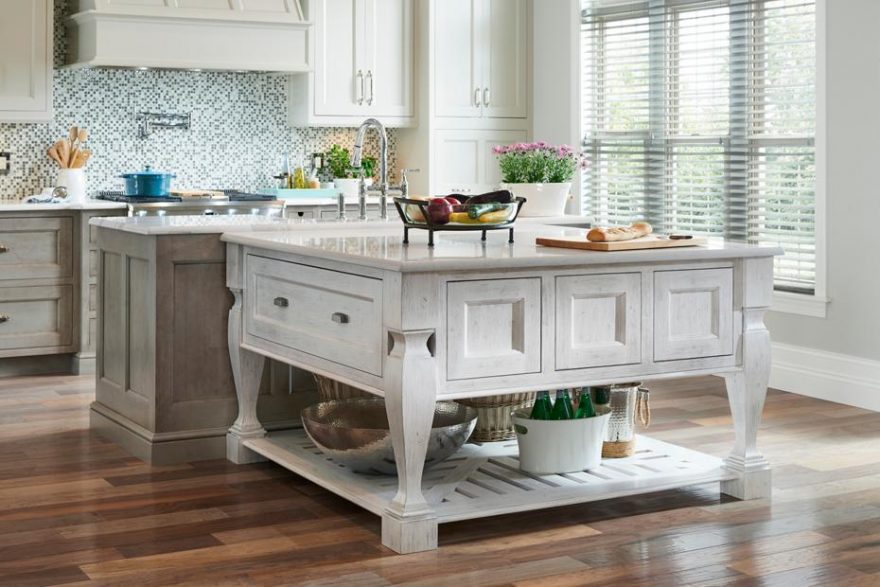Attain an Advanced Look Making Use Of Ornate Legs For Kitchen Island Styles
Attain an Advanced Look Making Use Of Ornate Legs For Kitchen Island Styles
Blog Article
Necessary Elements to Consider When Choosing Legs For Cooking Area Island
Picking the appropriate legs for a kitchen area island involves a careful assessment of multiple factors that can substantially influence both capability and visual charm. Among these, the choice of product plays an essential function in guaranteeing resilience, while the design has to complement the existing style. In addition, factors to consider such as height and weight assistance are vital for stability and convenience. As we explore these components, it becomes clear that each choice can have significant implications for the total kitchen experience. What subtleties should be thought about in each of these groups to accomplish the optimal balance?
Product Options
When selecting legs for a cooking area island, understanding the different product alternatives is vital for attaining both aesthetic charm and architectural honesty (Legs For Kitchen Island). The choice of material dramatically affects not only the toughness of the island but also its general layout and capability
Metal legs, typically made from stainless steel or wrought iron, contribute a contemporary and industrial feel while ensuring resilience and stability. These materials are resistant to use and can support substantial weight, making them perfect for larger islands.
Another alternative is crafted products, like MDF or plywood, which can be a lot more economical while still providing a series of finishes. They might not give the exact same level of security as solid timber or steel. Legs For Kitchen Island. Finally, materials such as acrylic or glass can develop a modern look, though they might call for extra support to make certain security.
Inevitably, the choice of product for kitchen area island legs ought to straighten with the preferred functionality and the general style of the cooking area.
Style and Layout

When taking into consideration design, the form and coating of the legs are critical. Tapered legs can offer a sense of lightness and beauty, while thicker, much more robust legs can communicate strength and stability. Additionally, the finish-- be it painted, stained, or all-natural-- need to enhance the kitchen cabinetry and kitchen counter products to develop a unified appearance.
In addition, the layout of the legs can likewise show personal taste. Custom or attractive legs, such as those including complex makings or distinct geometric shapes, can work as prime focus, including character and personality to the kitchen. Inevitably, the appropriate option will not only boost performance but also boost the aesthetic appeal, making the cooking area island a standout attribute of the home.
Height Considerations
Picking the appropriate elevation for kitchen island legs is vital, as it directly affects both capability great post to read and comfort. The standard height for a kitchen island commonly ranges from 36 to 42 inches, aligning with common kitchen counter heights.

It is additionally necessary to represent users' elevations and choices. Personalizing the height can make certain a comfy experience for all relative, making the kitchen area island a more useful and satisfying space.
Weight Assistance
Making sure adequate weight assistance for kitchen island legs is essential for both security and functionality. The kitchen area island frequently offers multiple objectives, including food prep work, dining, and extra storage, requiring a durable support framework. When selecting legs, it is vital to consider the total weight capacity needed based upon the island's intended usage and the products that will be put on it.
The choice of material for the legs plays a substantial role in their weight-bearing abilities. Strong wood, metal, and durable compounds generally supply superior strength contrasted to lighter products. Additionally, the style of the legs-- whether they are directly, tapered, or have a pedestal kind-- can influence their capability to disperse weight properly across the structure.
Constantly seek advice from the producer's specs pertaining to lots restrictions to make certain that the legs can maintain the desired weight without jeopardizing security. read what he said In summary, choosing kitchen island legs with adequate weight support is essential for creating a practical and risk-free culinary space.
Installment and Upkeep
Proper installment and maintenance of cooking area island legs are vital for ensuring long life and stability. This usually includes safeguarding the legs to web link the island base utilizing appropriate fasteners, ensuring that the legs are level and straightened.
When mounted, routine upkeep is necessary to maintain the integrity and appearance of the legs - Legs For Kitchen Island. For wood legs, periodic cleansing with a damp fabric and application of ideal wood polish can protect against moisture damages and maintain their surface. Steel legs might require a mild cleansing service to eliminate oil and grime, adhered to by a completely dry cloth to avoid corrosion formation
Furthermore, evaluate the legs on a regular basis for indicators of wear or damages, such as cracks or loose joints. Tightening screws or bolts as needed can likewise extend the life expectancy of the legs. By sticking to these installment and upkeep techniques, home owners can ensure that their kitchen area island continues to be sturdy and visually appealing for years to come.
Conclusion

Visual comprehensibility is paramount in selecting the style and style of legs for a cooking area island, as these elements significantly influence the general setting of the room. Tapered legs can offer a sense of lightness and sophistication, while thicker, extra durable legs can convey strength and stability.Choosing the suitable height for kitchen area island legs is vital, as it straight influences both capability and convenience. In recap, picking cooking area island legs with ample weight support is vital for producing a practical and risk-free culinary space.
In conclusion, selecting legs for a kitchen island necessitates careful factor to consider of numerous variables, consisting of product choices, style, height, weight assistance, and installment.
Report this page